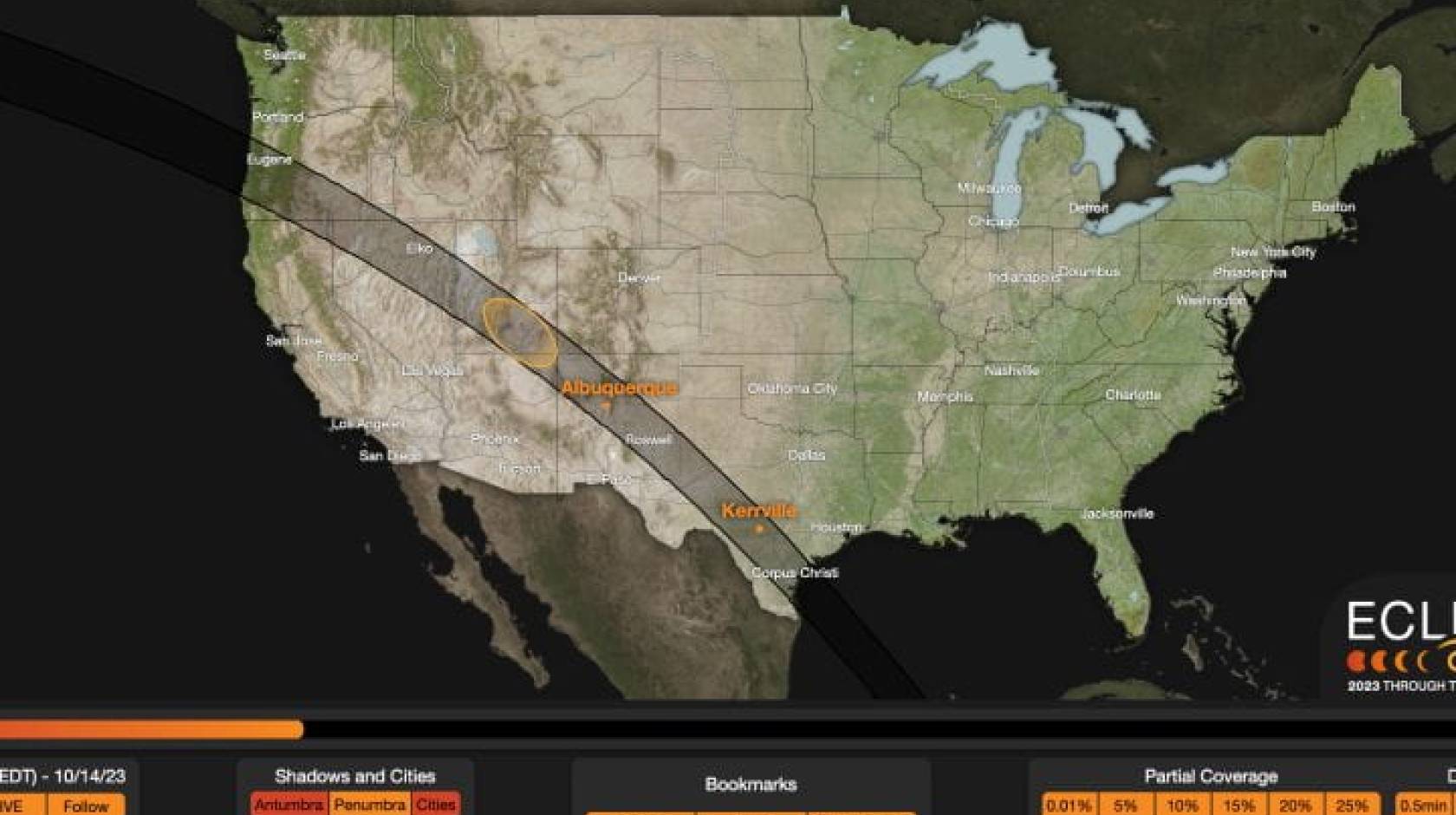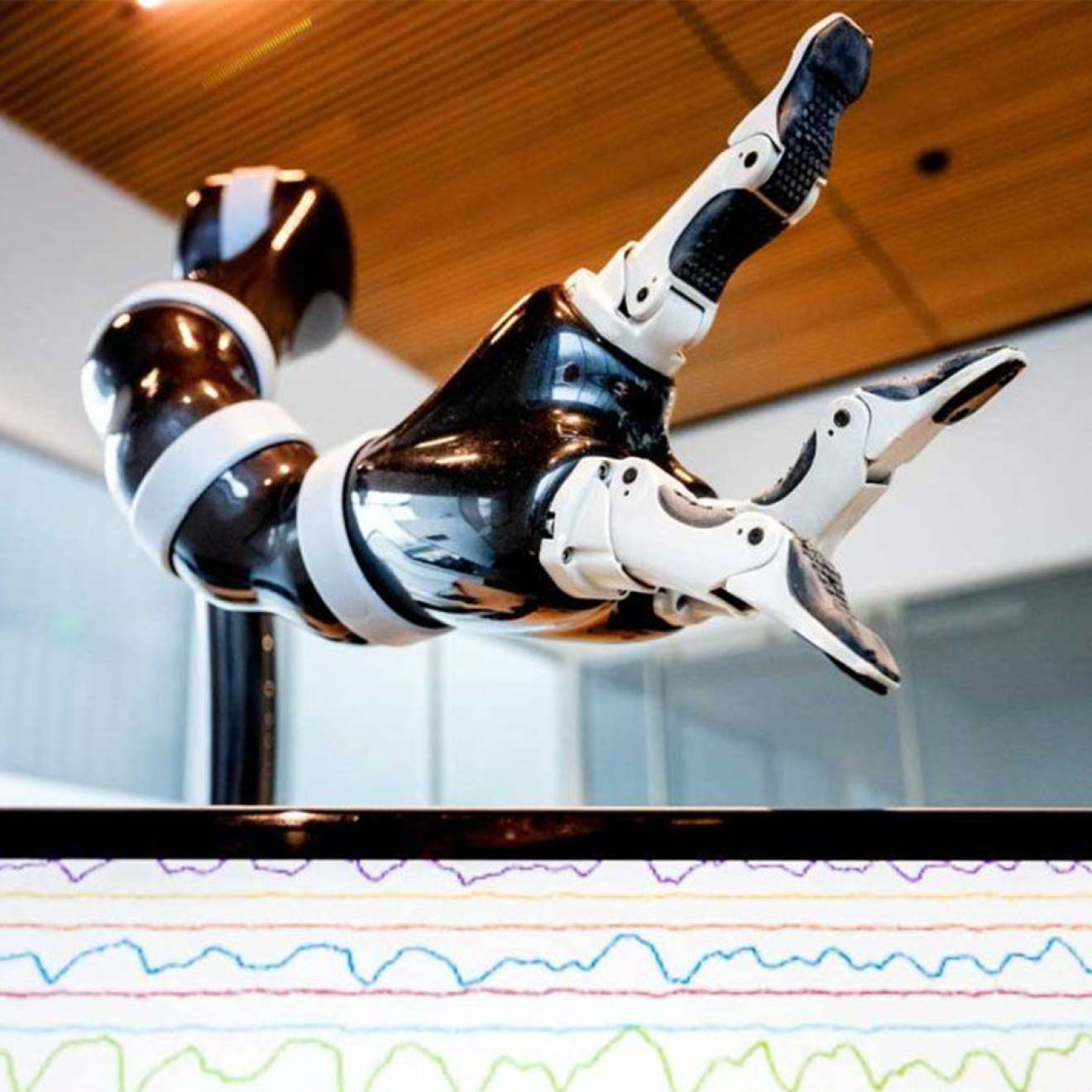UC Irvine

On Saturday, Oct. 14, a partial solar eclipse will be viewable across the continental U.S. The event will be an annular eclipse for viewers located along a narrow path extending from Oregon to southern Texas. Viewers in Southern California will see a partial eclipse in which the moon will cover up to 70 percent of the sun at its peak. In Irvine, the partial eclipse will begin at 8:08 a.m., reach maximum at 9:25 a.m. and end at 10:51 a.m.
UC Irvine astronomer Aaron Barth, a professor in the Department of Physics and Astronomy, stressed the importance of eye safety during the eclipse.
“It’s essential for people to use proper protective eyewear to view the eclipse,” he said. “Looking at the sun directly, even for a moment, can cause serious eye damage, but it’s safe to view the eclipse using eclipse glasses that conform to the ISO 12312-2 safety standard,” he said.
Barth said NASA’s eye safety information page is an excellent resource for those planning to view the event. Additionally, the American Astronomical society maintains a web page with links to vendors of safe eclipse glasses.
“A partial eclipse isn’t nearly as dramatic as a total eclipse, but it’s still a special experience if you make preparations to view it safely,” Barth added.
An annular solar eclipse results when the moon is at its farthest point from Earth and passes between our planet and the sun. Unlike a total solar eclipse which can happen when the moon is located closer to the Earth, in an annular eclipse, the moon only partially covers the sun, leaving a bright ring around the edge.
“An eclipse is a powerful demonstration of our place in the universe, and viewing one connects us to a tradition of astronomy that extends throughout all of recorded history,” said Paul Robertson, assistant professor of physics and astronomy. “It is a visual treat we should take every opportunity to enjoy.”
The Department of Physics and Astronomy has a page with information about the eclipse, safe viewing practices and links to other resources.

